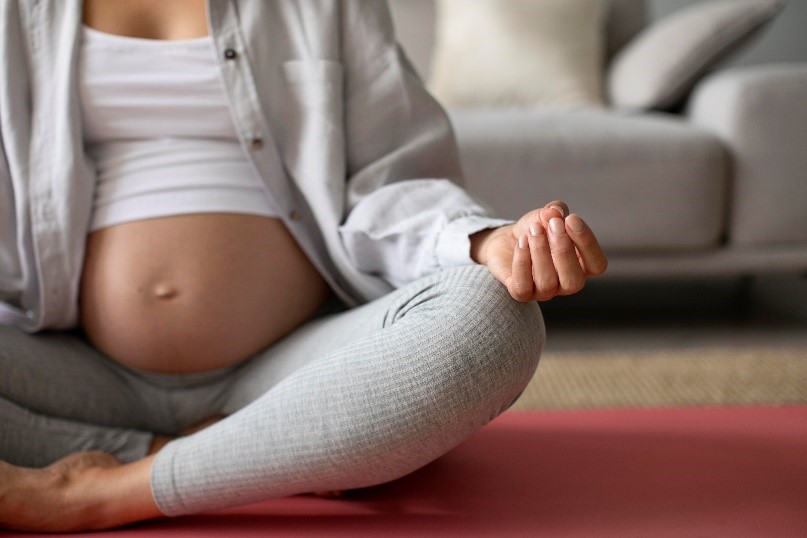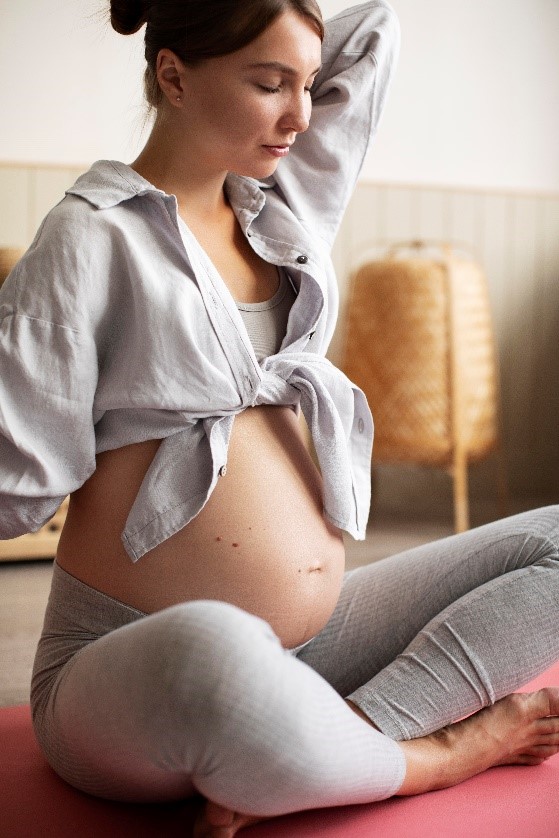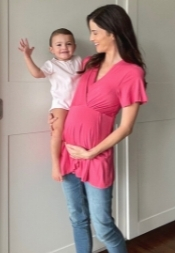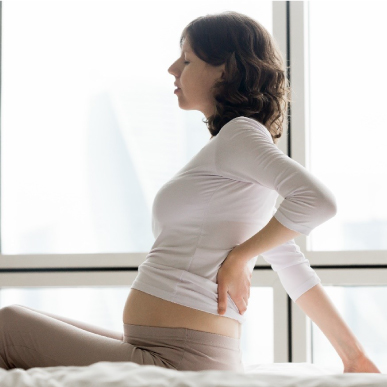Causes of Back Pain In Pregnant Women
Backache or back pain is particularly common during pregnancy, especially in the early stages. The tissues in your body soften and extend to prepare you for childbirth. This can put a strain on your lower back and pelvic joints, resulting in back pain.
The obvious often goes unnoticed as the change in posture and balance of a pregnant woman relates to the centre of gravity! As your bump grows, your body slowly gravitates to the front. This is when you tend to adjust your positions to ease your discomfort, even if your posture is incorrect.
You might wonder, what are some of the right way to ease your back pain?
Consider these ways to reduce or prevent pregnancy back pain:
Change your postures throughout the day.
Your centre of gravity wanders forward as your baby grows. You could counteract by leaning backwards to balance the weight. Maintain a good posture by standing straight. Don’t keep your shoulders hunched or lock your knees. Use a wider stance with a comfortable gap when you stand for the best support.
Don’t stand for too long, it can disrupt the blood flow, increase the risk of high blood pressure, swollen feet and add on to the already existing back pain. Take a seat once in awhile.
Don’t sleep only on your back, explore other sleeping positions like on your side or with pillows in between knees. While sitting at your desk, roll-up a towel for your back as a support and rest your feet on a stool while keeping your back straight. Look for maternity support pillows that can help you sleep and sit properly.

Go Hot & Cold
Apply hot packs & cold compressor to sooth your soreness. Alternate both compressions on the area of pain for about 20-minute intervals. Do be mindful to not keep a heating pat or anything hot to your tummy during pregnancy. Another option is to take a warm bath and lightly massage your back.
Choose maternity-friendly clothes
You might weigh your options and skipping as you might think you won’t be needing it after but consider owning some in your wardrobe for your coming births.
Maternity clothes have supportive fits with functional designs to help you accommodate your bump. It not only elevates your bump but serves many versatile functions to aid during your pregnancy. Closely tailored to figures of expecting ladies, ruched sides, belly panel support and nursing availability are engraved within each piece for your convenience. Specially curate for prenatal and postnatal uses.
Browse through belly bands, panel bottoms and waist-accentuating clothes offered in our shop to lighten your back burden.
Wear the right shoes
Avoid wearing high heels as they are the major pain contributors to your back. You may find yourself a little unsteady on your feet due to the changing centre of gravity. Add that to the obvious swollen ankles.
The best resort? Delve into the comforts of slippers and flats with great arch support for ease of movement. Experts recommend a 2-inch heel to keep your body in proper alignment.
Get in Physique
Regular physical activity can keep your back strong and might relieve back pain during pregnancy. Exercise at a mild to moderate level for 20 to 45 minutes. Pregnant women should take care to exercise but not to the point of exhaustion.
Stretch it out. Try several standing back exercises to stretch the back muscles. As you near later trimesters, minimize exercises that involves lying on the stomach or the back for optimal result.
You can also visit a prenatal Chiropractor or Physiotherapist to alleviate your pain. Physiotherapy, yoga, are all considered safe for most pregnant women and can be performed.

Talk to your obstetrician
If the recurring pain prolongs or stings more than usual, consult with healthcare professional to source the cause of pain. Make sure that whatever you’re feeling is no severe condition.
Often time, it could be signs of pregnancy-associated osteoporosis, preterm labour or uterine contraction. Get looked at and follow necessary pain prescriptions by your doctor if necessary.
By: Jace Lynn







